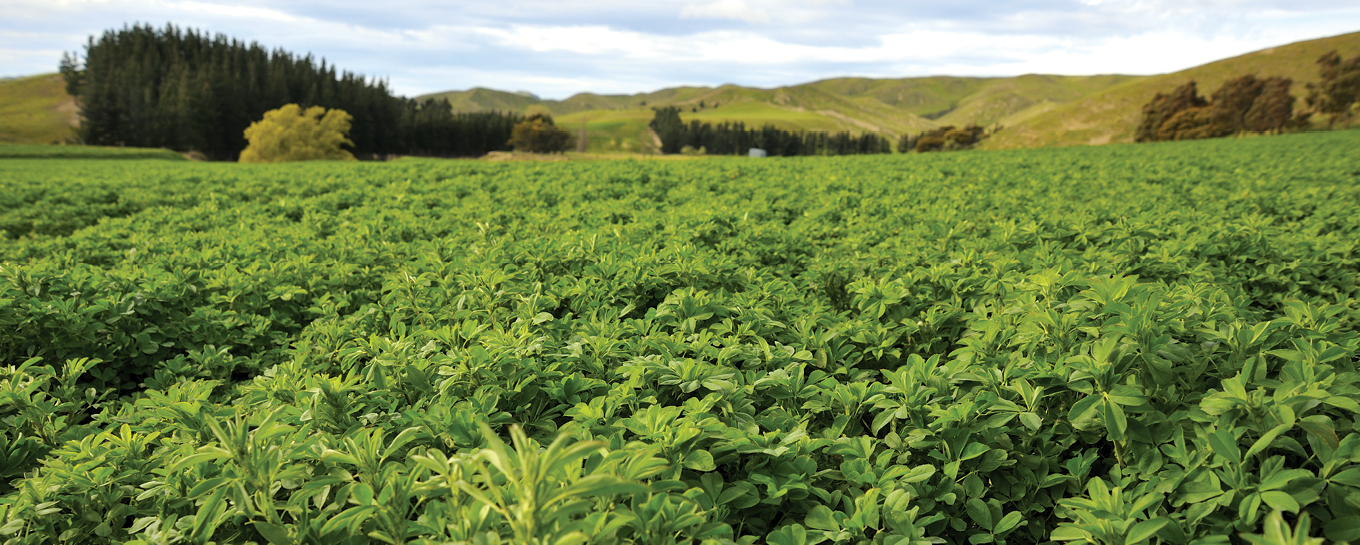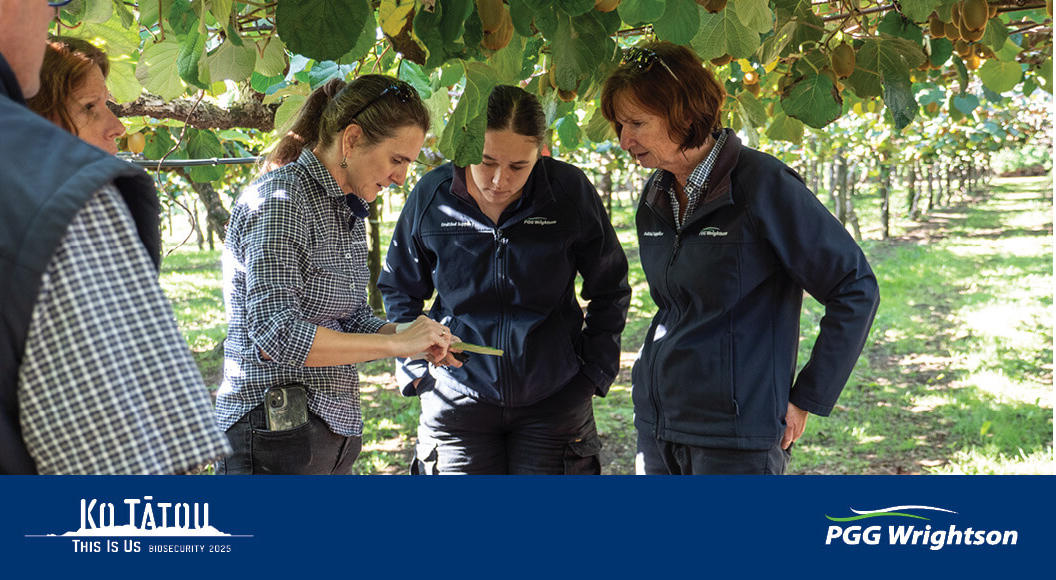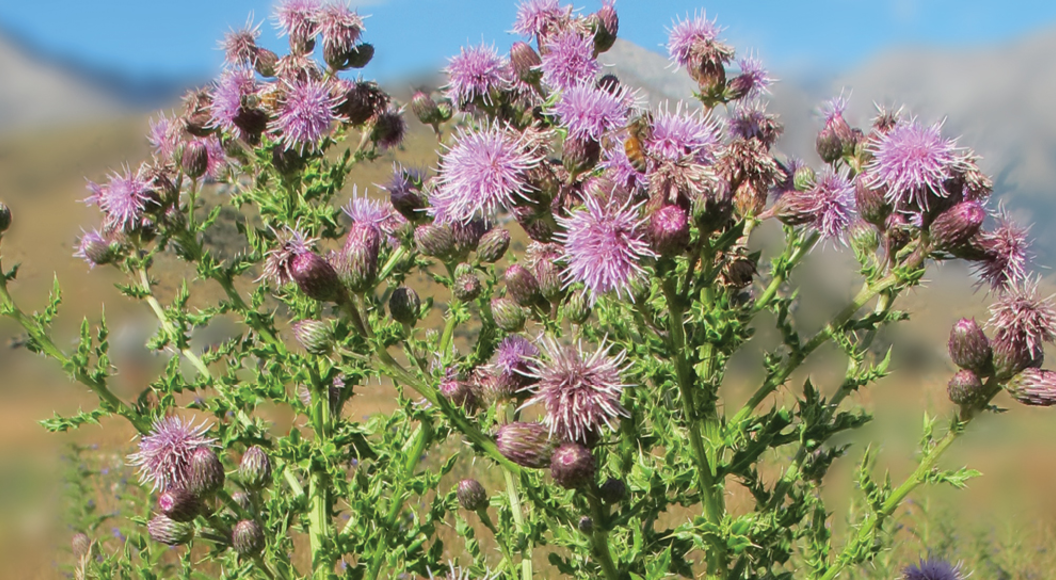
Growing a long-lasting lucerne crop
The key to growing a high yielding, long-lasting lucerne crop that provides high quality feed is dependent on good weed control and plant nutrition.
A successful crop of lucerne can last many years as long as it is well managed and good weed control is achieved. This can be done with a combination of spraying, mowing and grazing.
In mature crops of lucerne, weed control should be done during winter when the crop is dormant to reduce damage. Walk the paddocks during late autumn and identify weeds and their numbers. During mid-winter, use a mixture of a contact burn-down spray (containing paraquat) and another residual herbicide (usually containing atrazine) to brown-down the weeds and leave a residual herbicide layer on the soil surface to kill any newly emerging weeds. Remember, this can only be done on established crops that are over 12 months old as the spray can damage younger plants with smaller root systems.
Monitoring the crop for weeds during the spring and autumn is also important on established crops as other more selective herbicides can be used on specific weeds throughout the year. Don’t forget the use of the mower. Removing annual weeds before they set seed is a good form of weed control during the season.
Keeping your lucerne crop healthy and productive helps it compete with weeds as well. Over time paddock fertility drops and pH levels decrease. It is important that nutrients, especially potassium (K), are replaced if you are grazing or cutting and removing the crop. Ensure regular liming to keep pH levels above 6.0.
In most situations, the end of a lucerne crop’s life is when the battle is lost against weeds that limit production and palatability. It is then time to spray out and put in a new crop.
For more information on weed control in lucerne, contact your local PGG Wrightson Technical Field Representative.


